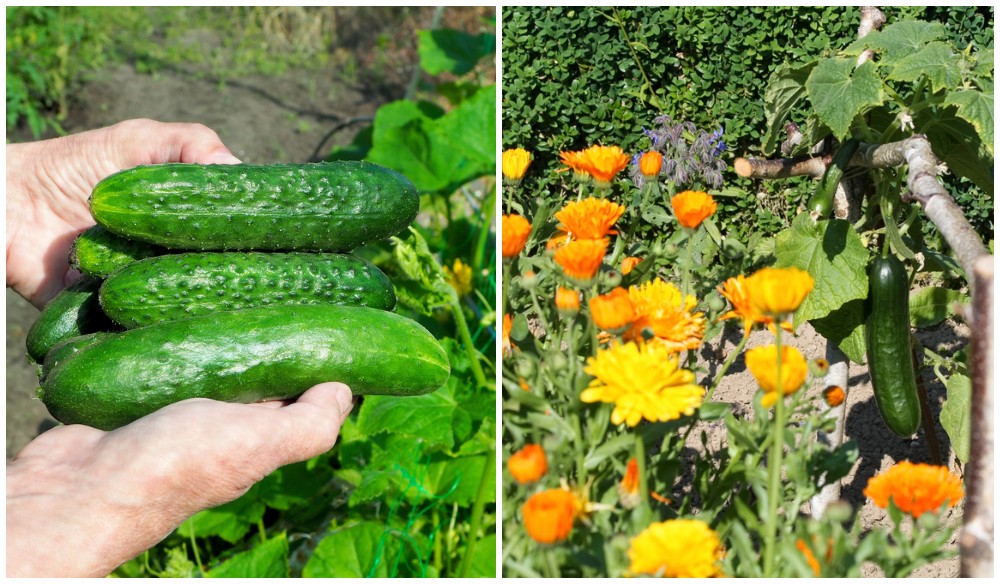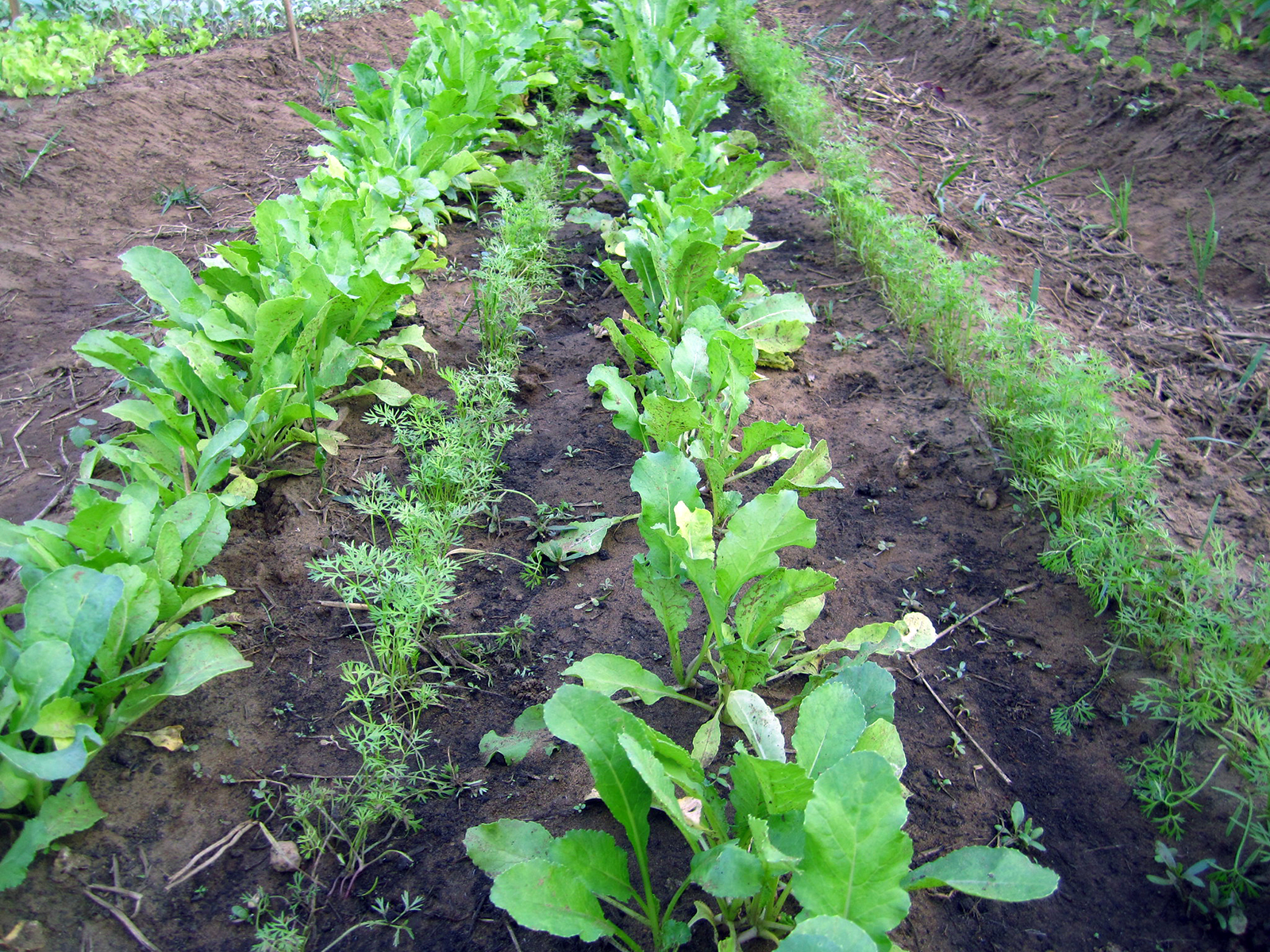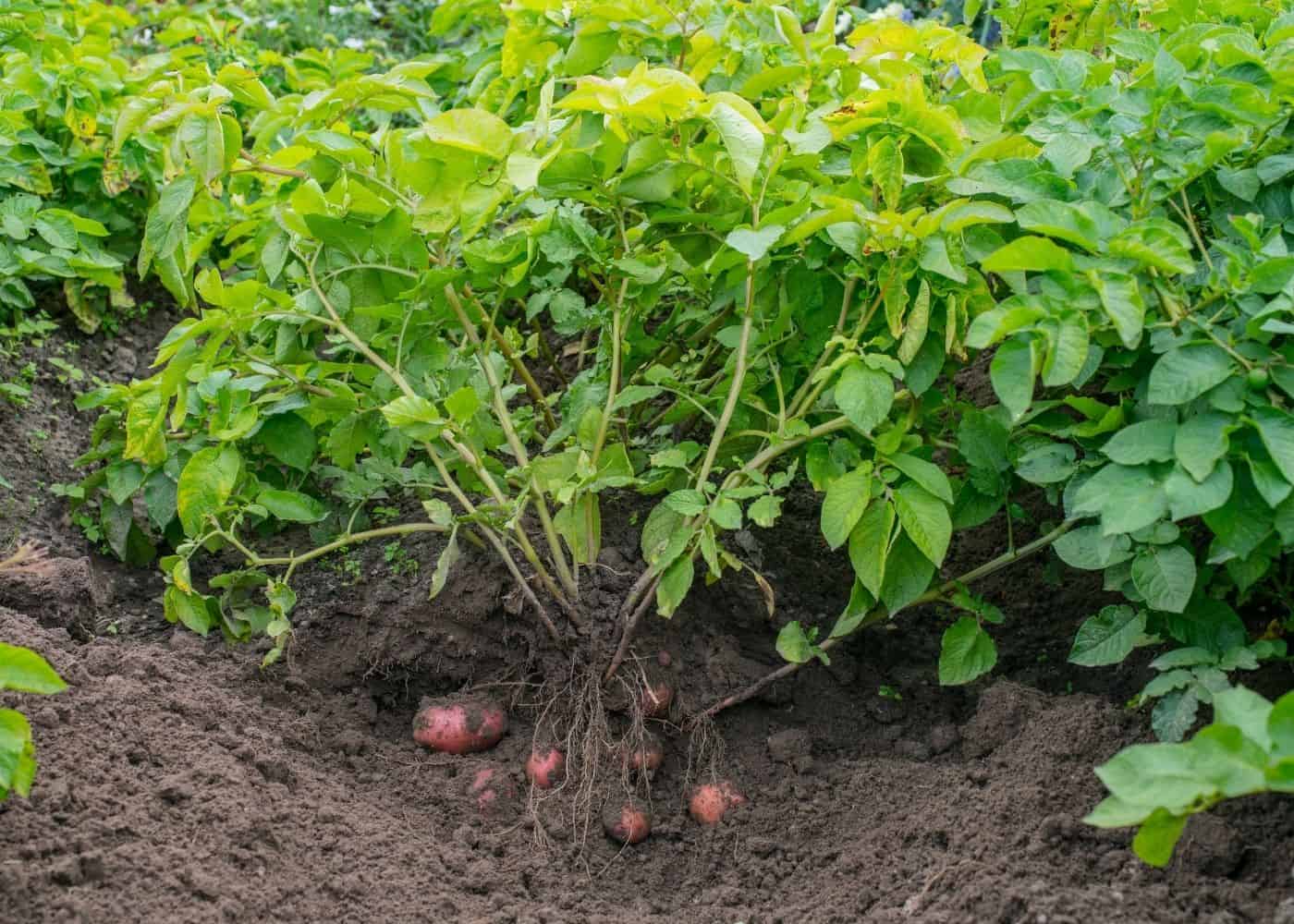Companion Crops That Will Help Your Garden Thrive
Companion Crops That Will Help Your Garden Thrive
Companion planting is a gardening practice that involves planting certain plants together to help each other thrive. By carefully selecting which plants to grow near each other, you can improve your garden's productivity, deter pests and diseases, and attract beneficial insects.
There are many different companion planting combinations that you can try, but some of the most popular include:
- Tomatoes and basil: Basil is a natural pest repellent that can help to keep tomato hornworms and other pests away from your tomatoes. It also improves the flavor of tomatoes.
- Carrots and onions: Carrots and onions have different nutrient requirements, so they won't compete with each other for nutrients. Onions also help to repel carrot flies.
- Beans and corn: Beans are nitrogen-fixing plants, which means they can take nitrogen from the air and convert it into a form that other plants can use. Corn benefits from this extra nitrogen, and the beans provide the corn with support.
- Cucumbers and marigolds: Marigolds help to repel cucumber beetles, which can be a major pest of cucumbers. They also attract beneficial insects, such as ladybugs, which help to control pests.
- Potatoes and nasturtiums: Nasturtiums help to repel potato beetles, which can be a major pest of potatoes. They also attract beneficial insects, such as hoverflies, which help to control pests.
These are just a few of the many companion planting combinations that you can try. When choosing companion plants, it's important to consider the plants' needs and how they can benefit each other. You should also consider the climate and soil conditions in your garden.
In addition to the specific companion planting combinations listed above, there are a few general principles that you can follow when planning your garden. For example, it's a good idea to group tall plants together so that they don't shade shorter plants. You should also plant plants with similar water and nutrient requirements together.
Companion planting is a great way to improve your garden's productivity and reduce your reliance on pesticides. By carefully selecting which plants to grow together, you can create a thriving ecosystem in your garden that will benefit you for years to come.
Companion planting is a gardening practice that involves planting different crops together for mutual benefit. There are many different companion planting combinations, but some of the most popular include:
- Marigolds and tomatoes: Marigolds help to deter pests that can damage tomatoes, such as aphids and nematodes.
- Beans and corn: Beans fix nitrogen in the soil, which benefits corn. Corn provides shade for beans, which helps to protect them from the sun.
- Cabbage and nasturtiums: Nasturtiums attract beneficial insects that help to control pests that can damage cabbage.
- Herbs and vegetables: Many herbs, such as basil, dill, and rosemary, can help to improve the flavor and growth of vegetables.
If you're interested in learning more about companion planting, I recommend visiting Gardenia Inspiration. This website has a comprehensive guide to companion planting, as well as a chart that lists which crops are compatible with each other.
FAQ of companion crops
- What are companion crops?
Companion crops are plants that are grown together in the same space to benefit each other. They can attract beneficial insects, deter pests, improve soil quality, and more.
- How do I choose companion crops?
When choosing companion crops, it is important to consider the specific needs of your plants. Some crops benefit from being planted near nitrogen-fixing plants, while others need plants that attract pollinators. There are many resources available to help you find the best companion crops for your garden.
- How do I plant companion crops?
The best way to plant companion crops depends on the specific plants you are growing. Some crops can be planted together in the same row, while others need to be planted in separate areas of the garden. It is important to follow the planting instructions for each crop carefully.
- How do I care for companion crops?
The care requirements for companion crops vary depending on the specific plants. However, in general, companion crops should be watered and fertilized regularly. You may also need to weed and mulch around your companion crops.
- What are some common companion crops?
Some common companion crops include:
- Beans: Beans benefit from being planted near nitrogen-fixing plants, such as peas or clover.
- Carrots: Carrots repel pests such as carrot flies and nematodes. They can be planted near onions or tomatoes.
- Cucumbers: Cucumbers attract beneficial insects such as ladybugs and lacewings. They can be planted near beans or corn.
- Lettuce: Lettuce repels pests such as aphids and cabbage moths. It can be planted near tomatoes or peppers.
- Peas: Peas fix nitrogen in the soil, which benefits other plants in the garden. They can be planted near carrots or tomatoes.
Image of companion crops
- Basil and tomatoes. Basil is a natural pest repellent for tomatoes, and it also helps to improve the flavor of the tomatoes.
- Cucumbers and melons. These two plants attract the same type of pollinators, so planting them together can help to increase pollination and yield.

- Carrots and onions. Carrots and onions repel each other's pests, so planting them together can help to keep both plants healthy.
- Peas and beans. Peas and beans fix nitrogen in the soil, which can benefit other plants in the garden.

- Potatoes and garlic. Garlic helps to repel potato pests, such as the Colorado potato beetle.

Post a Comment for " Companion Crops That Will Help Your Garden Thrive"